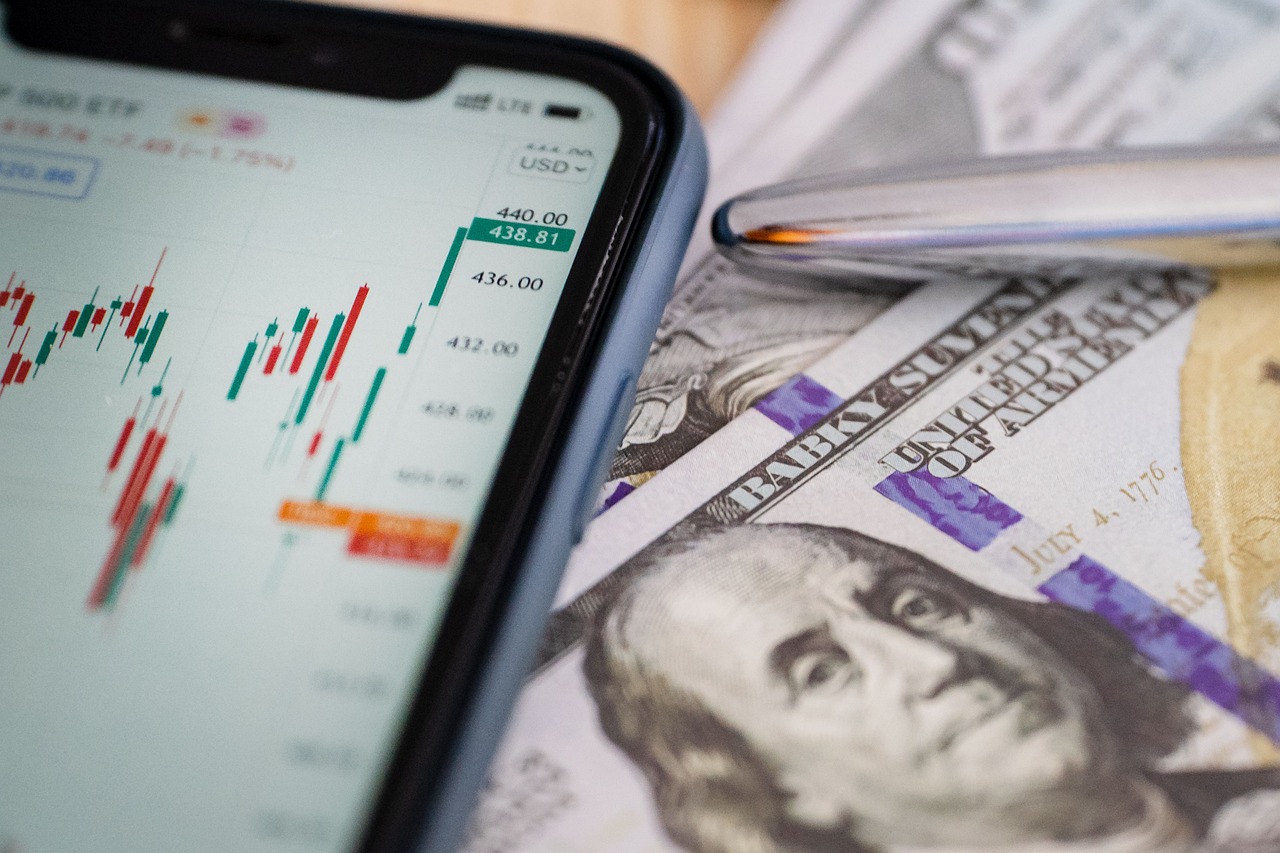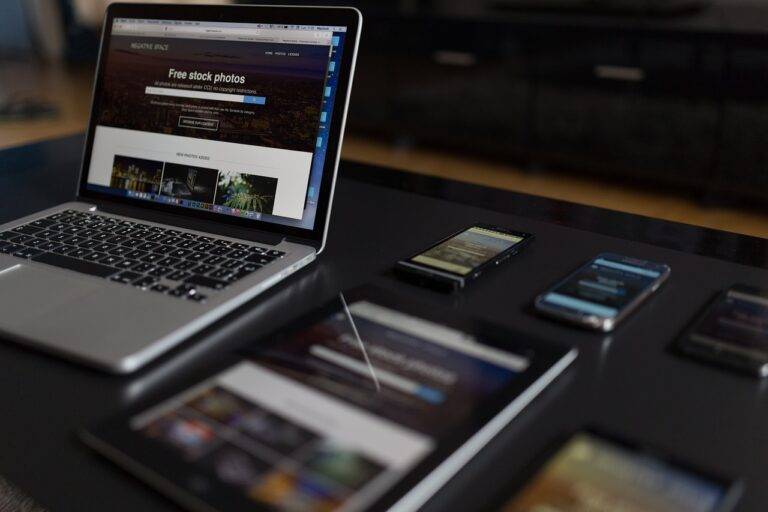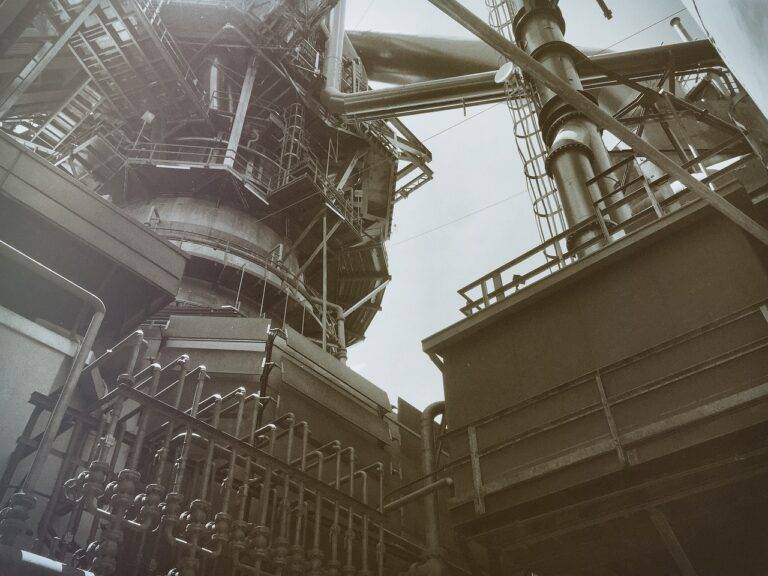The Future of Retail: Personalization and Customization in the Shopping Experience
The traditional retail models face numerous hurdles in the ever-evolving landscape of consumer preferences and market dynamics. One prominent challenge is the high operational costs associated with maintaining physical stores, such as rent, staff salaries, and utilities. These costs can significantly impact profit margins, especially for smaller retailers with limited resources to negotiate favorable terms with landlords or suppliers.
Additionally, traditional retail models often struggle to keep pace with the rapid shifts in consumer behavior driven by advancements in technology. In today’s digital age, customers expect seamless omnichannel experiences that seamlessly integrate online and offline shopping. Retailers who fail to adapt to this changing landscape risk losing relevance and customer loyalty to more agile competitors who leverage technology to enhance the shopping experience.
Emergence of Technology in Retail
With the rapid advancements in technology, the retail sector has undergone significant transformations in recent years. From online shopping platforms to virtual reality fitting rooms, technology has revolutionized the way consumers engage with brands and make purchases. Retailers are increasingly leveraging data analytics to understand consumer behavior, personalize marketing strategies, and enhance the overall shopping experience.
Furthermore, the integration of artificial intelligence and machine learning algorithms has allowed retailers to optimize inventory management, predict demand, and streamline logistics operations. Automation technologies have also played a crucial role in enhancing efficiency and reducing costs for retailers. As consumer preferences continue to evolve in the digital age, technology will be a key driver in shaping the future of retail.
What challenges do traditional retail models face in today’s market?
Traditional retail models face challenges such as increased competition from online retailers, changing consumer preferences, and the need to adapt to new technologies.
How is technology changing the retail industry?
Technology is revolutionizing the retail industry by offering tools for personalized shopping experiences, streamlining operations through automation, and providing data analytics for better decision-making.
What are some examples of technology being used in retail?
Some examples of technology being used in retail include mobile payment systems, virtual reality for product visualization, artificial intelligence for customer service, and inventory management software.
How can retailers leverage technology to improve customer experience?
Retailers can leverage technology to improve customer experience by offering personalized recommendations, implementing chatbots for instant customer support, and creating a seamless omnichannel shopping experience.
What are the benefits of embracing technology in retail?
Embracing technology in retail can lead to increased efficiency, cost savings, improved customer satisfaction, and a competitive edge in the market.







